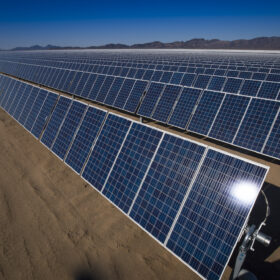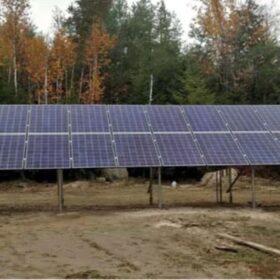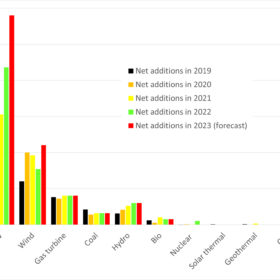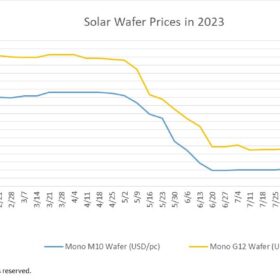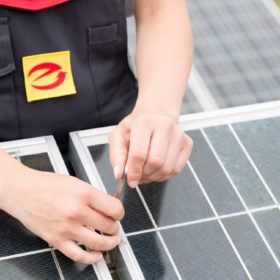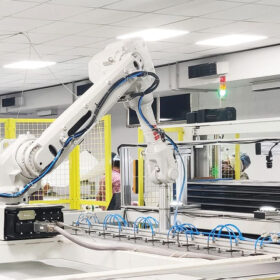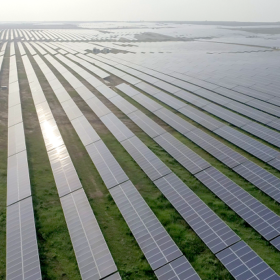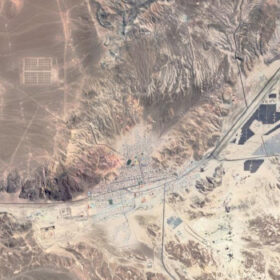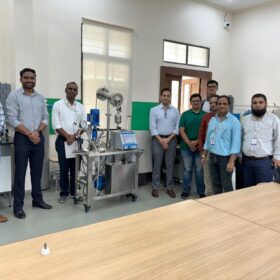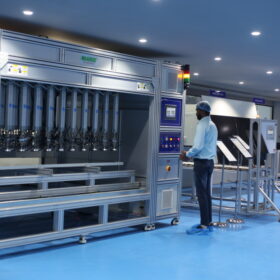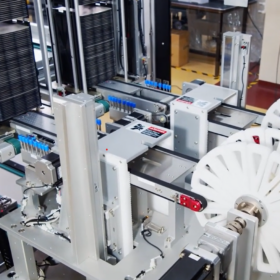Will New Delhi hear the call from solar developers?
Falling solar equipment prices, bulk module orders, and an expansion in domestic solar manufacturing capacity are driving a solar boom in India. The government can add further impetus if it tweaks domestic content rules.
Downward trend for PV module prices losing momentum
If demand picks up again toward the end of the year due to the current price situation, the downward trend for PV module prices could be stopped, according to pvXchange’s Martin Schachinger.
Insights from the IEA PVPS Trends Report on Photovoltaic Applications 2023
The IEA PVPS Trends Report for 2023 discloses a historic milestone in the photovoltaic (PV) industry, surpassing 1 TW of cumulative capacity. The PV industry registered significant global growth in 2022, with China and Europe leading in charge. PV competitiveness in the market was strong, despite some regions facing problems due to supply issues, grid capacity constraints or labor shortages. The report shows that global collaboration, innovation and strategic planning remain key to a sustainable energy transition.
Solar panel waste is not a significant problem
Solar panel waste will not be a problem because there is so little of it. However, there is a short-term problem in some places because panel deployment is growing fast and recycling is playing catch up.
Solar wafer prices hit record lows
In a new weekly update for pv magazine, OPIS, a Dow Jones company, provides a quick look at the main price trends in the global PV industry.
How women are driving the sustainable energy transition
The sustainable energy transition transcends the ambit of technological change; it is, fundamentally, a societal transformation. Women, constituting half of the global population, assume an unequivocally vital role in this paradigm shift.
A reaction to Rystad’s recent estimates on European solar module stockpile
Rystad Energy has abruptly changed statements about photovoltaic module stocks in the EU. German PV analyst Karl-Heinz Remmers questions the numbers from the Norwegian consultancy and provides different figures.
Recipe for expansion
After years of debate, the Indian government made domestic manufacturing a central feature of renewables policy in 2021. The pivot came as the government sought economic growth and self-sufficiency following a border conflict with China. Vinay Rustagi, managing director of Bridge to India, says that trade barriers, subsidies, lower taxes, and demand growth have created the perfect recipe for expansion.
Harnessing the elements for renewable energy
Regions across India are carving their green legacy with distinct contributions to the solar and wind energy landscape.
The race for 100% solar
With utility scale solar installations accelerating, Philip Wolfe, founder of PV data consultancy Wiki-Solar, drills into the data to highlight some interesting variations in relative progress around the world.
